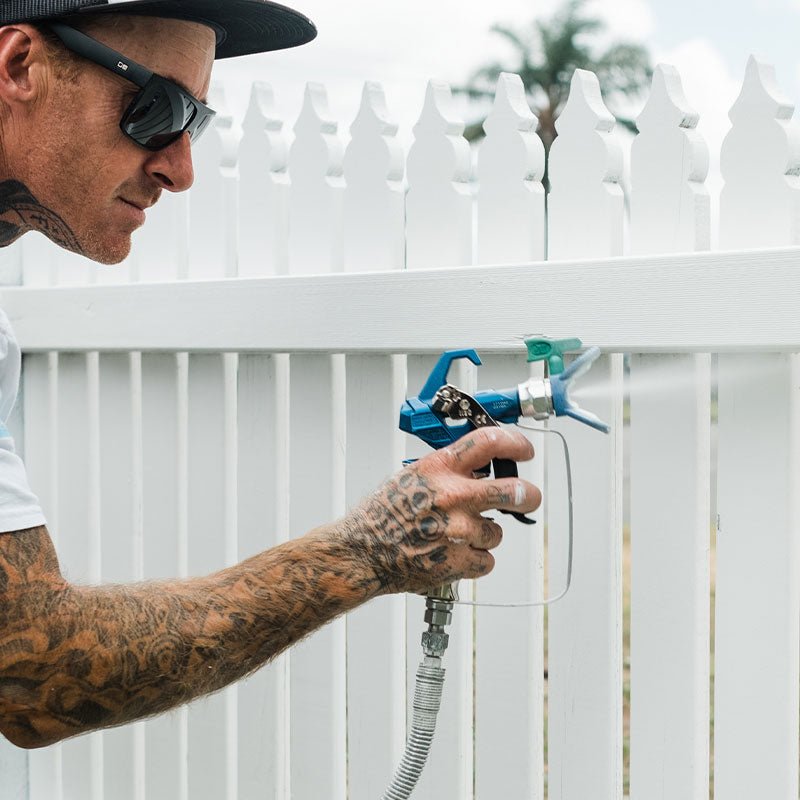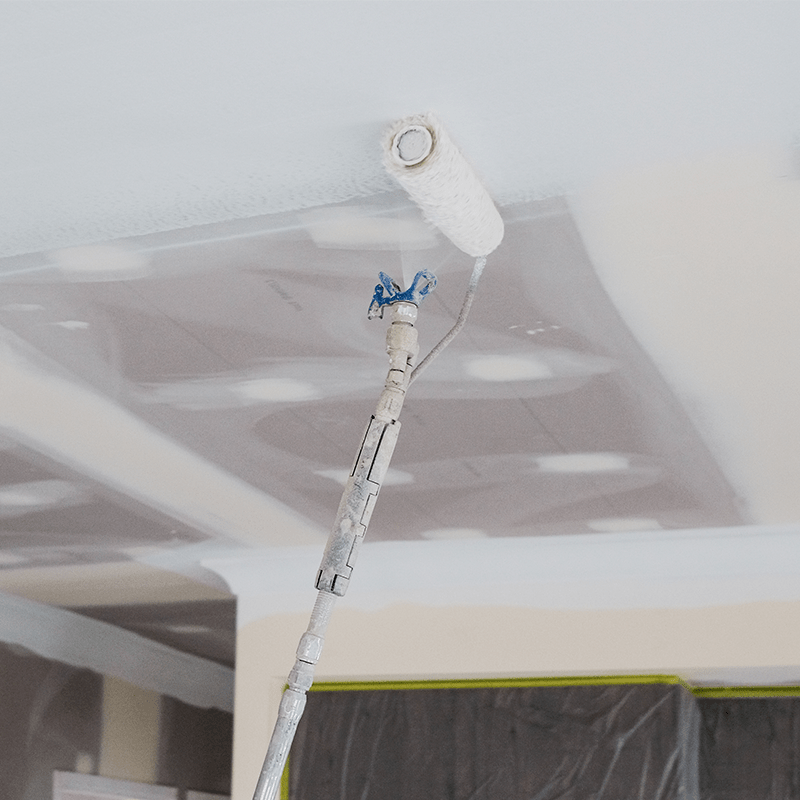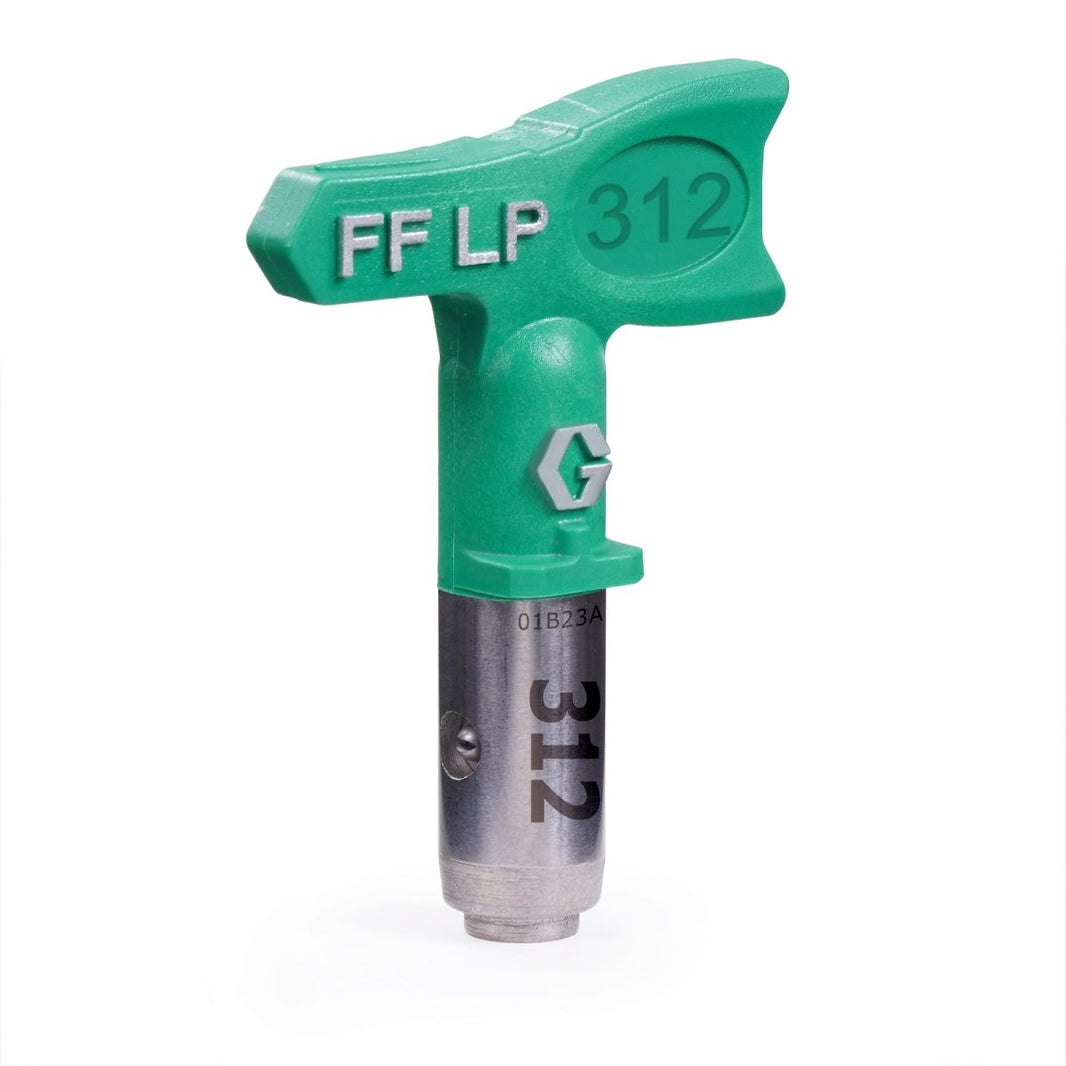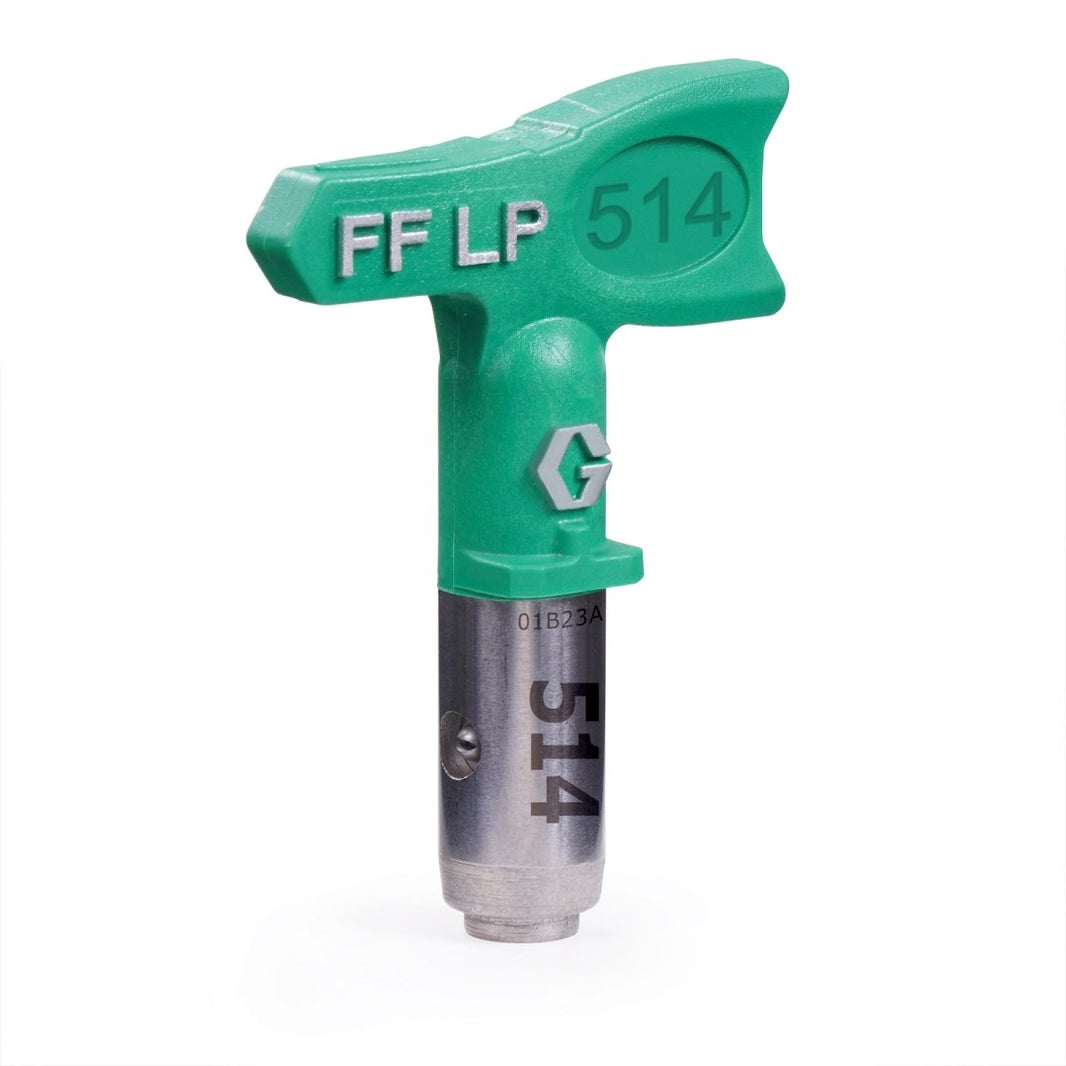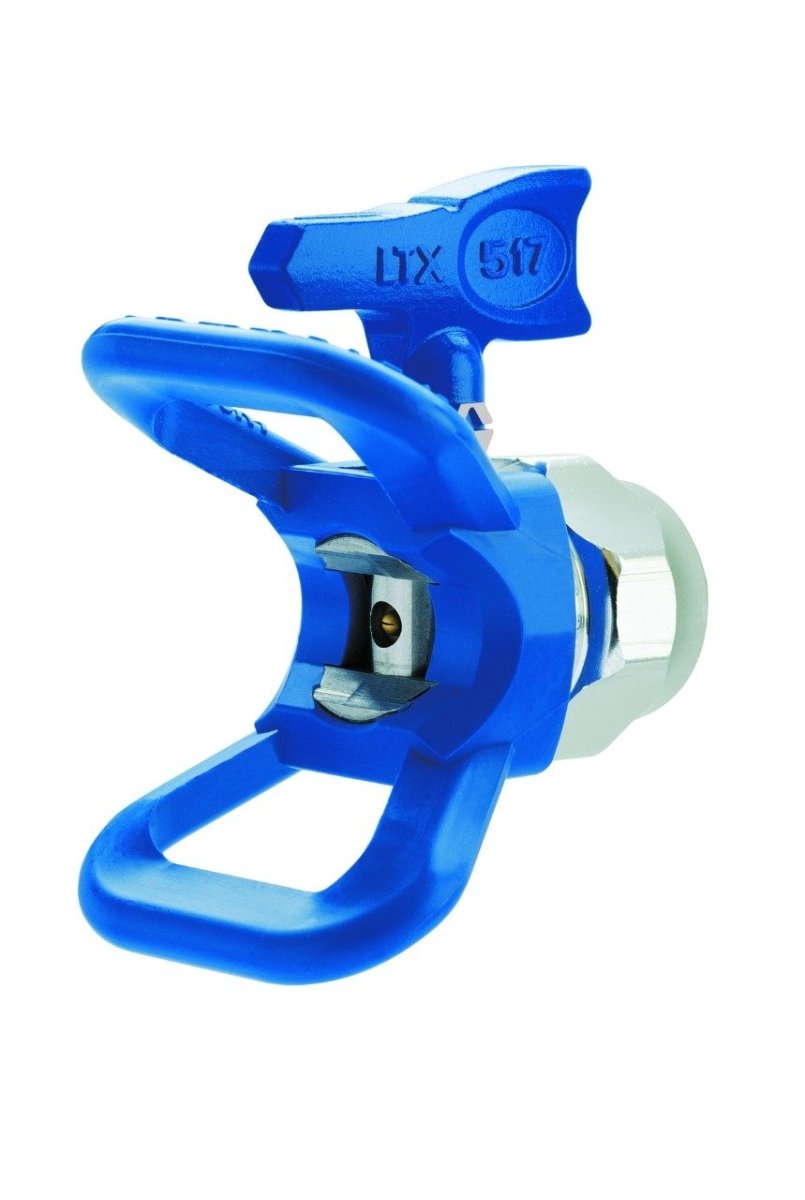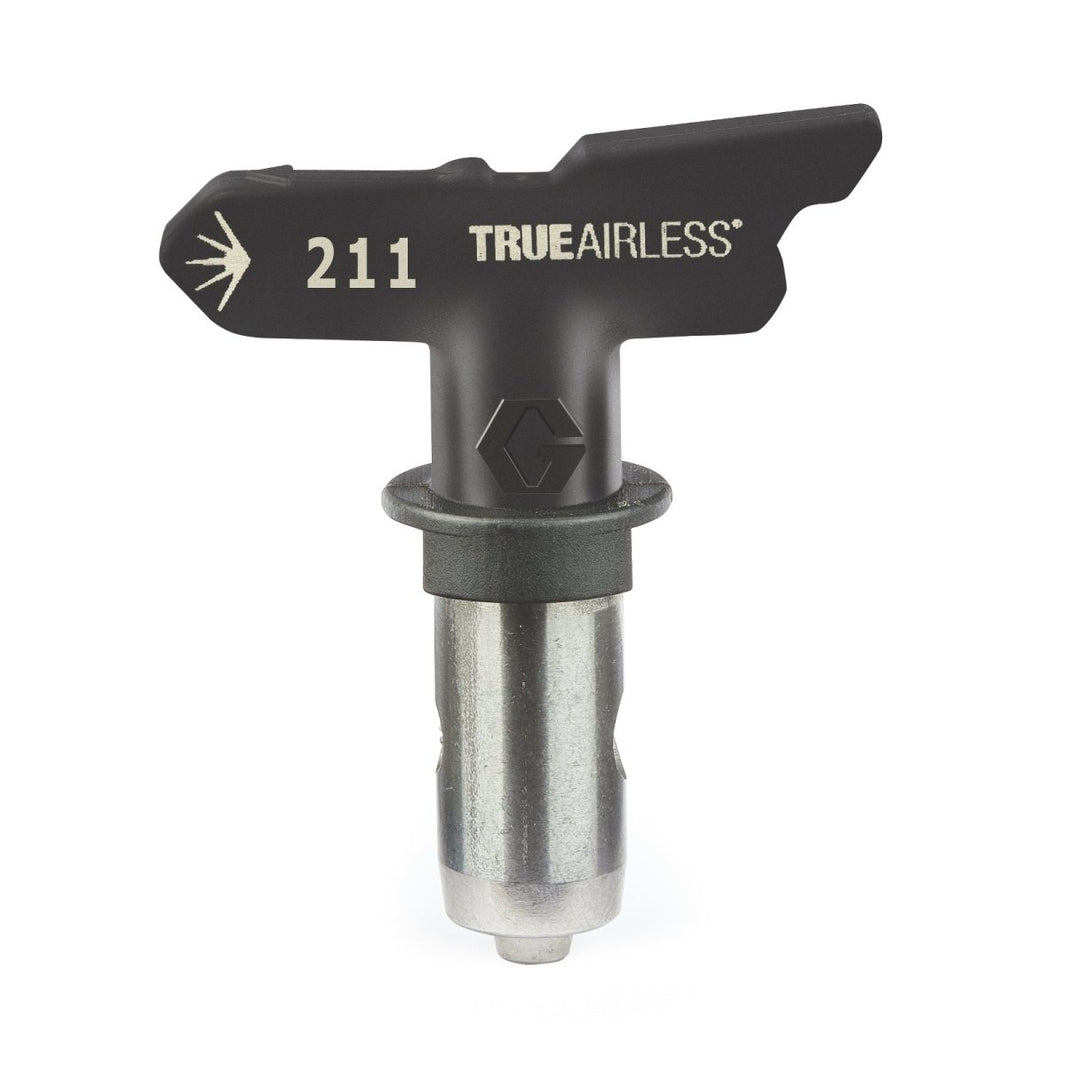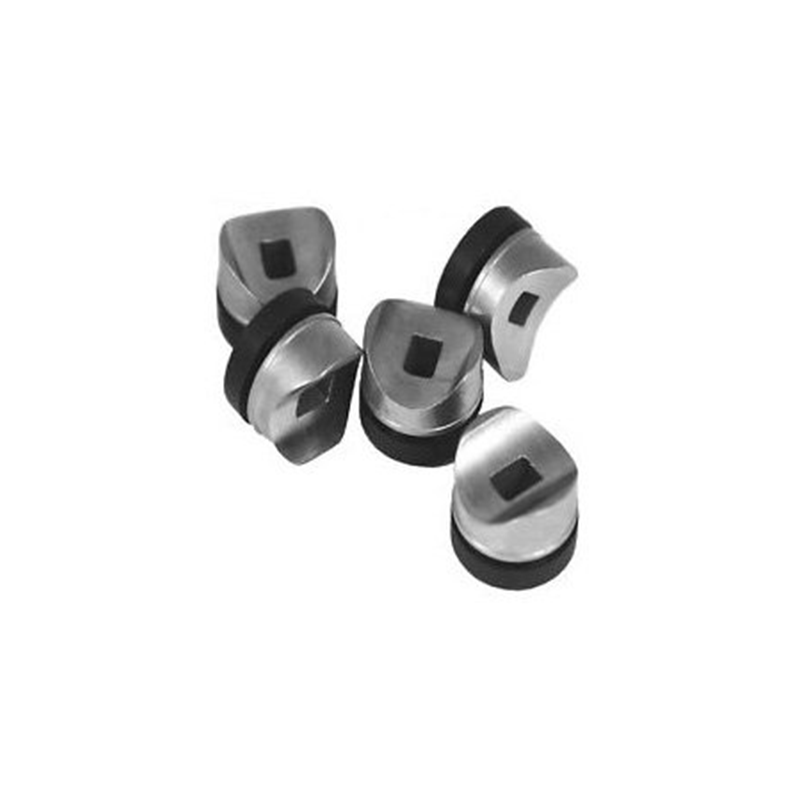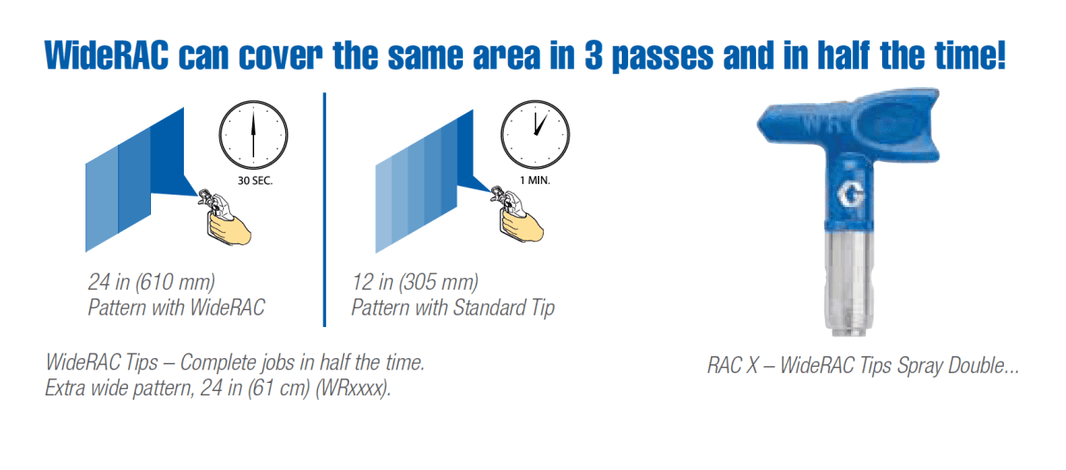-
GRACO RAC X Fine Finish Low Pressure Switch Tips
Regular price $60.90 AUDSale price $60.90 AUD Regular priceUnit price per$87.00 AUDSale -
GRACO RAC X Low Pressure Switch Tips
Regular price From $60.90 AUDSale price From $60.90 AUD Regular priceUnit price per$87.00 AUDSale -
GRACO RAC X LTX Switch Tips
Regular price $75.00 AUDSale price $75.00 AUD Regular priceUnit price per$75.00 AUD -
GRACO CleanShot Shut-Off Valve
Regular price $264.60 AUDSale price $264.60 AUD Regular priceUnit price per$378.00 AUDSale -
GRACO RAC X Tip Guards
Regular price $77.00 AUDSale price $77.00 AUD Regular priceUnit price per$74.00 AUD -
GRACO RAC 5 Stenciling SwitchTips
Regular price $44.59 AUDSale price $44.59 AUD Regular priceUnit price per$63.70 AUDSale -
GRACO RAC 5 Switch Tips for LineLazer
Regular price $51.80 AUDSale price $51.80 AUD Regular priceUnit price per$74.00 AUDSale -
GRACO TrueAirless Spray Tips
Regular price $60.70 AUDSale price $60.70 AUD Regular priceUnit price per$61.00 AUDSale -
GRACO RAC X OneSeal Airless Gaskets
Regular price From $42.90 AUDSale price From $42.90 AUD Regular priceUnit price per -
GRACO RAC X Tip Guard & RAC X SwitchTip Combo
Regular price $108.00 AUDSale price $108.00 AUD Regular priceUnit price per$108.00 AUD -
GRACO RAC X WideRAC Switch Tips
Regular price $88.00 AUDSale price $88.00 AUD Regular priceUnit price per$88.00 AUD -
GRACO Low Pressure Wide RAC X LP SwitchTips
Regular price $88.00 AUDSale price $88.00 AUD Regular priceUnit price per$88.00 AUD -
GRACO Airless Finishing Kit
Regular price $652.00 AUDSale price $652.00 AUD Regular priceUnit price per
Recently Viewed Products
What's the GO?
Frequently Asked Questions
What are the benefits of using the right spray gun tips for line marking?
How do I choose the right spray gun tips for my line marking project?
What is the role of the spray gun guard, and do I need one?
Is there any difference between line marker spray gun tips and regular tips used for paint sprayers?
How does GO Industrial work?
At GO Industrial, we have a simple way to communicate how we work. Imagine buying a box. But instead of just any box, it’s a carefully engineered, manufactured, packed and presented box. Depending on your use of the box, one of our specialist teams will own and deliver the box to you.
We are all about Reliable Gear from Reliable People. From the Product Team that packs it correctly, to the Value-Add Team that customises it, and the Site Team that installs, commissions and maintains it — each part of our team works together to make sure your box is delivered right, every time.
Discover more About Us
Does GO Offer National Service & Support?
For more specialised needs, our in-store, workshop and site teams are here to deliver hands-on expertise. Whether it’s customising a Self Bunded Tank, assembling a fluid handling system, or guiding you through equipment options, we have got the know-how to help. Our Site team is available to ensure seamless installation, commissioning, and ongoing support, making sure everything works just as it should. However you connect with us, our goal is simple: to educate, inspire, and empower, delivering solutions that make your projects run smoothly with equipment you can trust - nationwide.
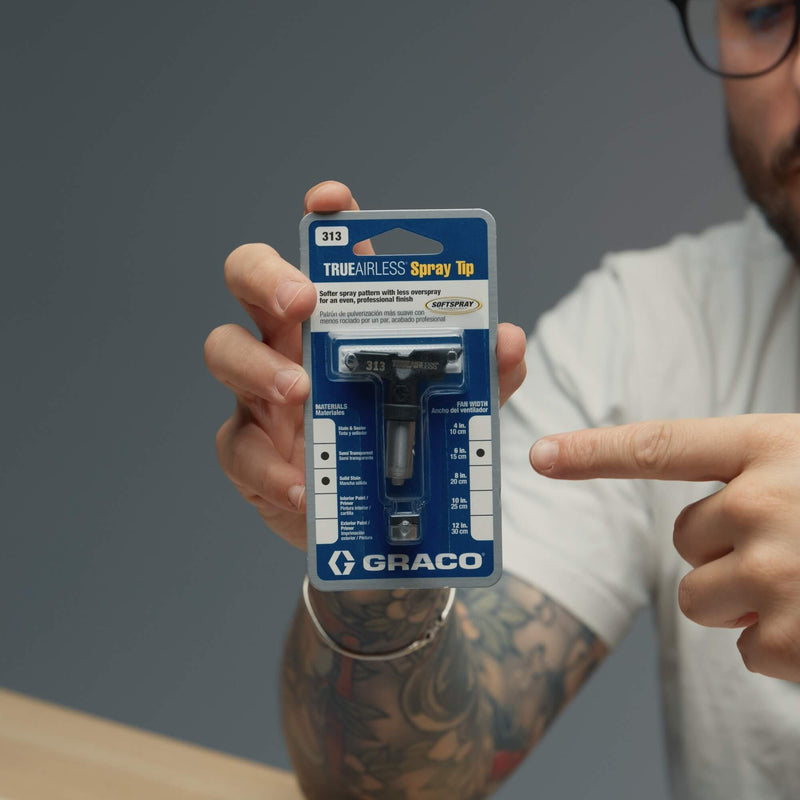
- Choosing a selection results in a full page refresh.
- Opens in a new window.





